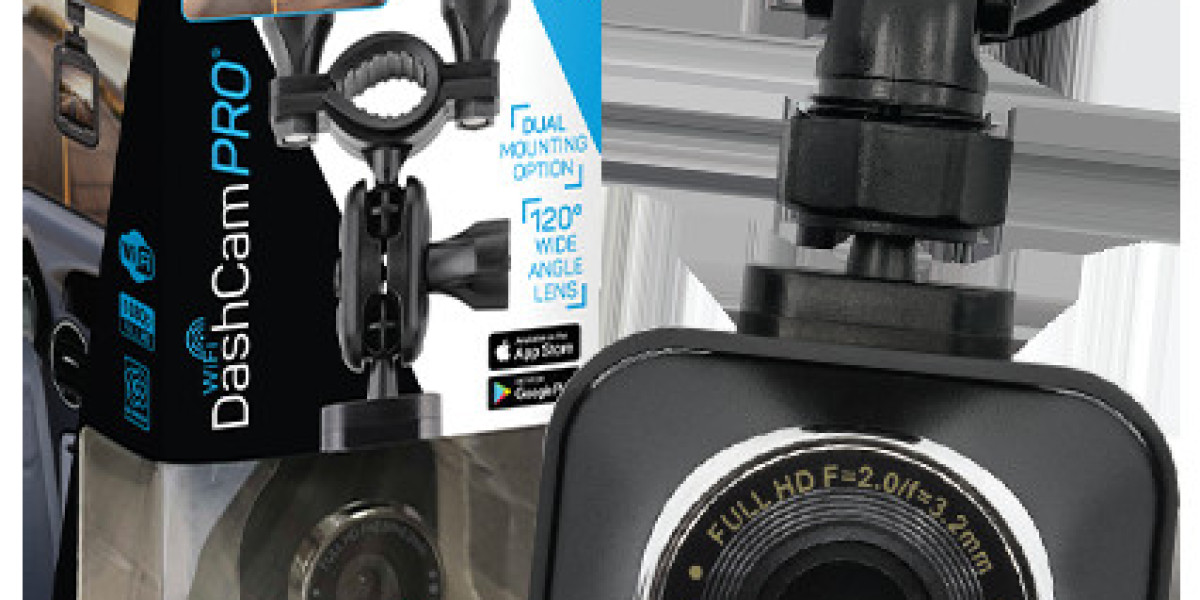Dash cams have become an essential tool for drivers, providing security, accountability, and peace of mind on the road. Whether you want to capture scenic drives, protect yourself from fraudulent claims, or simply monitor your car’s surroundings, a dash cam is a valuable investment. In this guide, we’ll explore the key features of a dash cam, types available, and tips for choosing the best one for your car.
Why You Need a Dash Cam
Dash cams serve multiple purposes that benefit both daily commuters and occasional drivers. Here are some key reasons why you should consider installing one in your vehicle:
- Accident Evidence: In the unfortunate event of an accident, a dash cam provides crucial video evidence that can be used by insurance companies or law enforcement to determine fault.
- Protection Against Fraud: Dash cams can protect you from fraudulent claims, such as staged accidents or false accusations of damage.
- Recording Vandalism or Theft: If your car is parked and something happens (vandalism or theft), dash cams with parking mode can capture the incident, providing valuable evidence.
- Insurance Discounts: Some insurance companies offer discounts for drivers who install dash cams, as they reduce the risk of contested claims.
- Capturing Scenic Drives: For those who enjoy road trips, a dash cam can capture beautiful routes, allowing you to relive the journey.
Key Features to Look for in a Dash Cam
1. Video Quality
One of the most important features of a dash cam is the video resolution. The higher the resolution, the clearer and more detailed the footage will be. The standard resolution for most dash cams is Full HD (1080p), but more advanced models offer 2K or 4K resolution for even sharper images. A higher resolution is particularly useful for capturing small details such as license plates and road signs.
2. Field of View (FOV)
The field of view refers to how much of the road the camera can capture. A wider FOV, typically between 120° and 170°, ensures that you record more of your surroundings. However, an excessively wide FOV can lead to distorted or fisheye footage, so finding a balance is important.
3. Night Vision
For drivers who frequently drive at night, having a dash cam with good low-light performance is crucial. Night vision capabilities allow the camera to record clear footage in low-light conditions, using infrared sensors or high dynamic range (HDR) technology to enhance visibility in the dark.
4. GPS Tracking
GPS functionality in a dash cam records your location and speed along with the video footage. This feature is useful for proving your exact location in case of an incident and can provide valuable data for insurance claims or law enforcement investigations.
5. Parking Mode
Parking mode is an essential feature for monitoring your car when it’s parked. Dash cams with this mode automatically start recording if they detect motion or an impact while the vehicle is stationary. This is especially useful in parking lots or when leaving your car unattended for extended periods.
6. Loop Recording
Most dash cams come with loop recording, which means that when the memory card is full, the oldest footage is automatically overwritten by the newest. This ensures continuous recording without the need to manually delete old footage. Make sure the dash cam supports large-capacity memory cards for longer recording times.
7. G-Sensor
A G-sensor (gravity sensor) detects sudden movements or impacts and automatically saves the footage from being overwritten. This is useful in the event of a crash or sudden braking, as the relevant footage is locked for future reference.
8. Dual-Channel Recording
Some dash cams offer dual-channel recording, meaning they have both front and rear cameras. This provides all-around coverage, capturing footage from both the front and back of your car. This is especially useful for protecting against rear-end collisions or monitoring passengers.
Types of Dash Cams
1. Single-Lens Dash Cams
Single-lens dash cams focus solely on recording what happens in front of the vehicle. These are the most common and affordable types of dash cams and are ideal for drivers primarily concerned with front-facing incidents.
2. Dual-Lens Dash Cams
Dual-lens dash cams capture footage from both the front and rear of the car. These are great for drivers who want full coverage and extra protection, particularly from rear-end collisions or incidents involving tailgaters.
3. 360-Degree Dash Cams
These dash cams offer panoramic views, covering the entire car's surroundings. They are less common and generally more expensive but provide comprehensive coverage, capturing everything happening around the vehicle from a single unit.
Installation Tips for Dash Cams
Installing a dash cam is a straightforward process, but there are a few things to keep in mind to ensure it works effectively:
- Placement: Mount the dash cam behind the rearview mirror, ensuring that it has a clear view of the road ahead without obstructing your vision.
- Cable Management: Route the power cable neatly along the edges of the windshield or dashboard. Many dash cams come with adhesive cable clips to help with this.
- Power Supply: Most dash cams are powered through the car’s 12V socket or cigarette lighter. For a more permanent solution, you can hardwire the dash cam to your car’s fuse box.
- Memory Card: Use a high-quality microSD card with ample storage, preferably 32GB or higher, to ensure smooth recording and long retention of footage.
- Testing: After installation, test the dash cam to ensure it records properly and all the features (GPS, night vision, etc.) work as expected.
How to Choose the Right Dash Cam
When choosing a dash cam, consider the following factors based on your needs:
- Budget: Determine how much you're willing to spend. Entry-level models offer basic features like HD recording, while premium options include 4K resolution, dual-channel recording, and advanced safety features.
- Usage: If you drive frequently at night, prioritize dash cams with superior night vision. For city driving, GPS tracking and G-sensors are more useful, while parking mode is ideal for those who park on the street or in public areas often.
- Storage Capacity: Choose a dash cam that supports high-capacity memory cards if you need continuous recording without worrying about running out of space.
- Customer Reviews: Look for dash cams with positive reviews, particularly focusing on build quality, ease of use, and reliability.
Conclusion
A dash cam is an excellent investment for enhancing road safety, protecting against fraudulent claims, and capturing every moment of your driving experience. With so many features and types available, choosing the right dash cam can be overwhelming, but by focusing on key features such as video quality, GPS, and night vision, you can find a model that meets your specific needs. Whether you're a daily commuter, long-distance traveler, or simply want added security for your vehicle, a dash cam offers valuable peace of mind.



